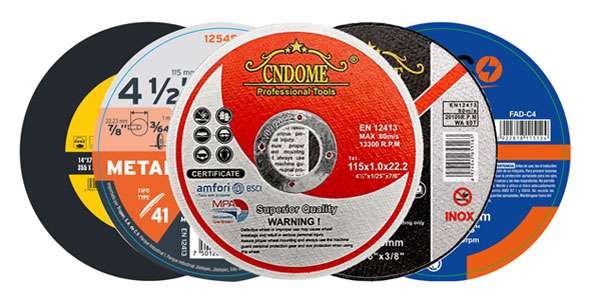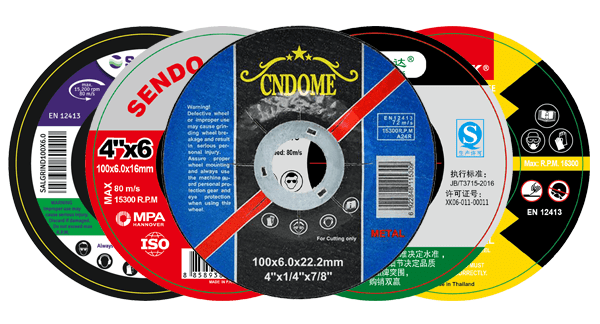Cutting discs are essential tools in various industries, from metalworking to construction. The efficiency and effectiveness of these discs significantly impact productivity and cost management. One of the most critical aspects to consider when using cutting discs is their service life. Understanding the factors that influence the longevity of cutting discs can help in making informed decisions and optimizing their use.
Factors Affecting the Service Life of Cutting Discs
1. Material of the Workpiece
The type of material being cut plays a significant role in the wear and tear of cutting discs. Harder materials like stainless steel or cast iron require more abrasive force, which can shorten the disc’s service life. Conversely, softer materials like aluminum may allow the disc to last longer.
2. Disc Material and Quality
The composition of the cutting disc itself is crucial. High-quality discs made from superior materials such as premium aluminum oxide or zirconia alumina generally offer longer service life. Investing in reputable brands can lead to better performance and durability.
3. Cutting Speed and Pressure
The speed at which the disc rotates (measured in RPM) and the pressure applied during cutting are vital factors. Operating at the recommended speed and applying consistent, moderate pressure can prevent premature disc wear and reduce the risk of accidents.
4. Machine Condition
The condition of the cutting machine, including its power, stability, and alignment, directly affects the disc’s performance. A well-maintained machine with proper alignment ensures even wear on the disc, extending its service life.
5. Cooling and Lubrication
Overheating is a common cause of reduced disc life. Using appropriate cooling methods, such as cutting fluids or air cooling, can help maintain the disc’s temperature and prevent overheating, thereby prolonging its service life.
Maintenance Tips to Extend Service Life
1. Regular Inspection
Before each use, inspect the cutting disc for any signs of damage, such as cracks or excessive wear. Using a damaged disc can lead to accidents and further reduce its service life.
2. Proper Storage
Store cutting discs in a dry, cool place away from direct sunlight and moisture. Improper storage can lead to disc degradation and compromised performance.
3. Correct Mounting
Ensure that the disc is mounted correctly on the machine. Improper mounting can cause imbalance, leading to uneven wear and reduced service life.
4. Avoid Overloading
Do not exceed the disc’s recommended workload. Overloading can cause overheating, glazing, or even breakage, drastically shortening its lifespan.
Best Practices for Maximizing Service Life
1. Match the Disc to the Task
Choose the appropriate disc for the material and type of cut you need to perform. Using the right disc for the job can prevent excessive wear and ensure efficient cutting.
2. Follow Manufacturer Guidelines
Always adhere to the manufacturer’s recommendations regarding speed, pressure, and machine compatibility. This ensures optimal performance and longevity.
3. Training and Safety
Ensure that operators are well-trained in using cutting discs. Proper technique and safety practices can prevent accidents and unnecessary disc wear.
Conclusion
Maximizing the service life of cutting discs requires a combination of selecting the right disc, maintaining the equipment, and following best practices. By understanding and managing the factors that affect disc longevity, you can achieve better results, reduce costs, and enhance safety in your operations. Investing time in proper maintenance and usage techniques will pay off in the long run, ensuring that your cutting discs deliver consistent, reliable performance.



